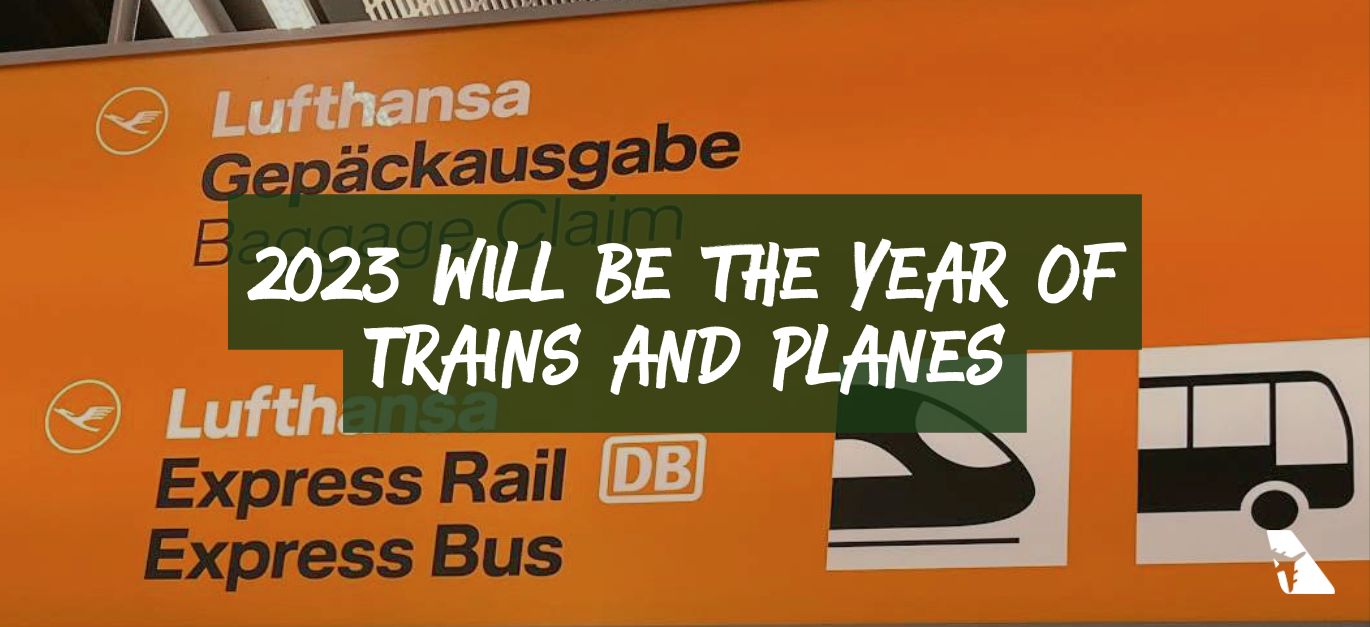ARTICLE
Holly Boyd-Boland, VP Corporate Development & Sustainab ...

Our new Sustainable Aviation 2023 Trends report looks at how and why the battle for climate action is expected to grow more heated this year and what visionary executives can do to stay ahead. Download the full report here.
In July 2022, airline group Star Alliance welcomed German rail company Deutsche Bahn as its first intermodal partner.
In a statement, the group said that from now on, you would only need one ticket to travel from, e.g., the Southwest German town of Freiburg to Singapore.
The intermodal partnership between Deutsche Bahn and Star Alliance is a taste of things to come. 2023 will be a year of deeper railway and airline cooperation.
Could 2023 see a rail network like Thalys (which operates high speed) trains from Paris to Brussels, Amsterdam and Cologne) join Skyteam?
For example, a small number of domestic routes have been banned in France to entice travellers to take rail services instead.
Some airlines have responded by turning what could have been a problem into a potential opportunity.
In a December Financial Times interview, KLM’s new CEO, Marjan Rintel, encouraged more train travel, saying that rail companies should be seen as collaborators, not competitors.
Another FT piece, “Favouring trains over planes may be smart for legacy airlines”, made a point that there are benefits for airlines in getting on board with the idea. We agree for a number of reasons:
1 – It gives airlines a chance to polish their environmental credentials.
2 – Where capacity is tight, like in Amsterdam due to the 2023 flight caps, it frees up slots for more profitable long-haul routes.
3 – It also extends airlines’ reach to smaller cities or regions, which often have an airport served by a single LCC competitor.
4 – Finally, it is another way of potentially generating those all-important ancillary revenues via ticket commissions.
Such intermodal partnerships are applicable only in places with a developed rail network. Currently, that’s largely in Europe, but not exclusively so. For example, Japan is one example of a non-European country with high-speed railways.
More aviation-specific sustainability updates and analysis can be found in our weekly Sustainability In The Air newsletter, led by SimpliFlying’s Research Director Dirk Singer. Do subscribe to our send-out to stay on top of the latest trends.
© 2022 SimpliFlying Pte. Ltd.